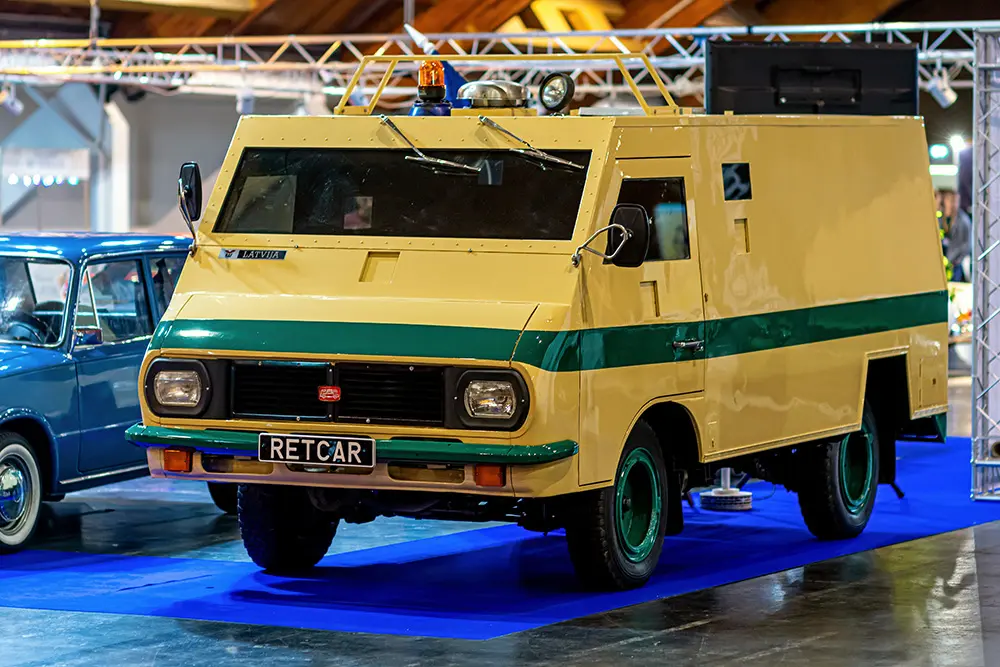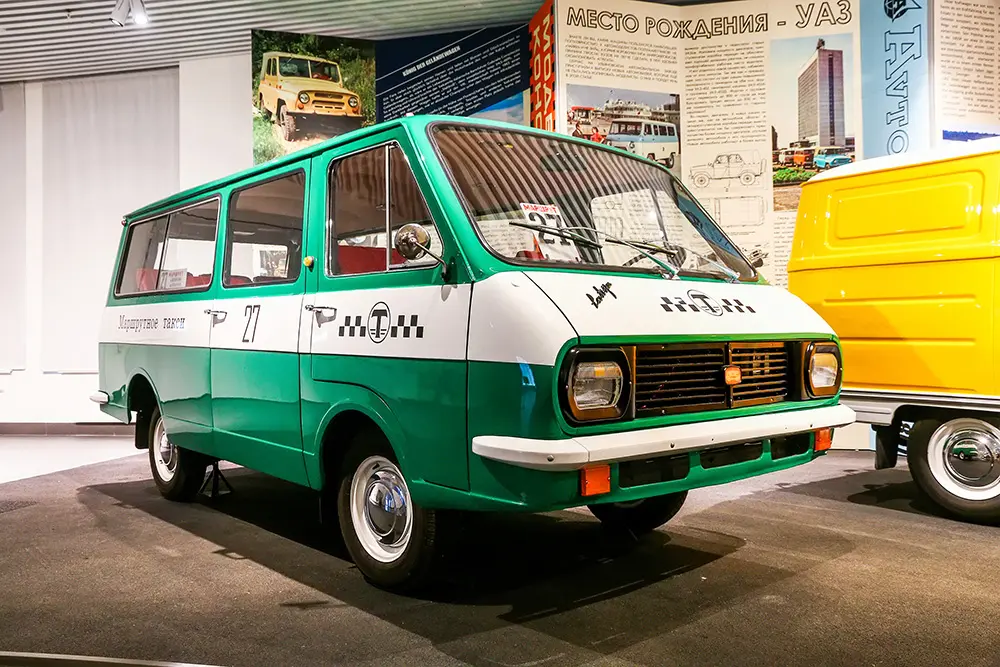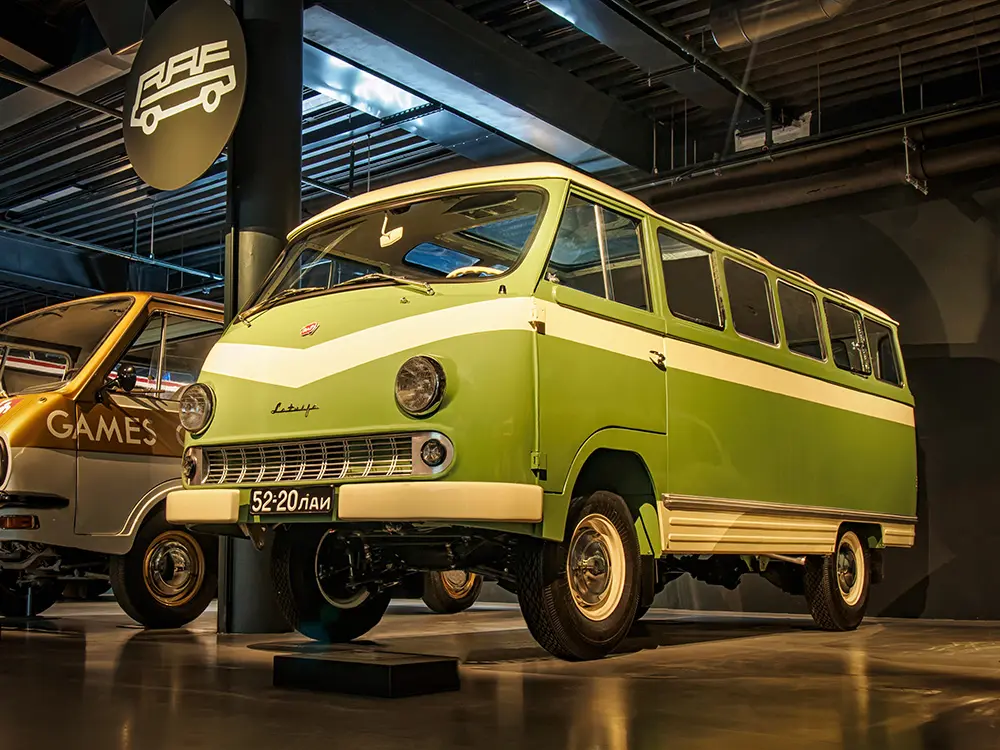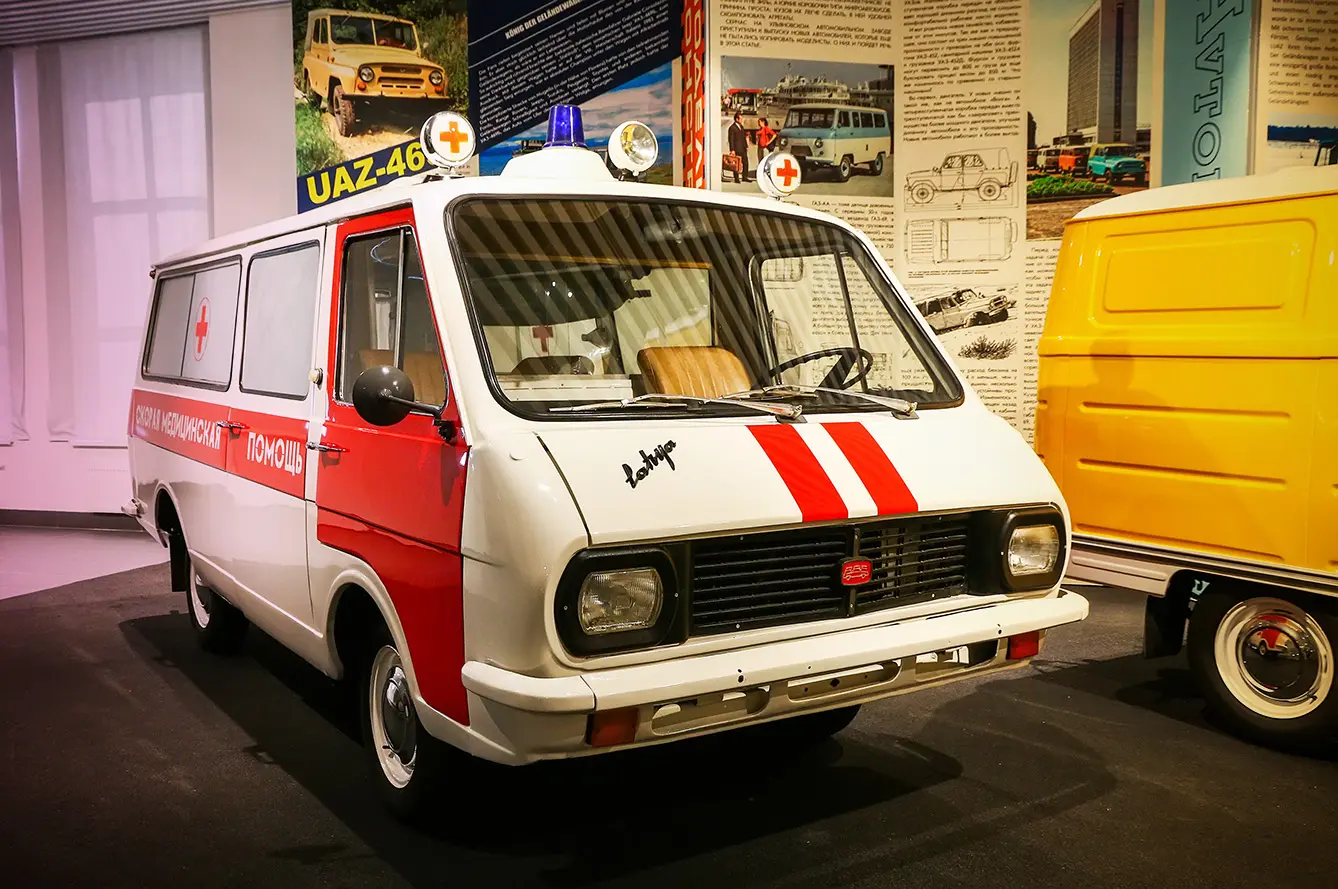While hippies in the West drove Volkswagen Type 2 vans, hippies and everyone else in the Soviet Union traveled by the uncannily similar RAF Latvija minibus. Some may know it as Rafik, and Latvians called it the Rafiņš. Though visually akin, what lay beneath the bonnet distinguished the two. After all, one was the original, and the other… somewhat of an imitation. So, while it is not something to be proud of, the story of the RAF minibus provides interesting insight into the ways of the USSR.
Rafik from Riga
The Riga Bus Factory (Rīgas Autobusu Fabrika – RAF) emerged in the early 1950s when two other automotive factories were merged to start manufacturing buses for the whole of the USSR. They started to churn them out. Meanwhile, in the West, the minibus was becoming popular.



On a visit to the Geneva International Motor Show in 1955, one Laimonis Klēge, chief engineer at RAF, saw a Type 2 in person and returned to Riga with the idea of building something similar. While the Latvian authorities were against it, Moscow agreed to get a Type 2 delivered to Riga for research purposes. Two years later, Klēge’s team presented the first prototypes, which the public got to see at the World Festival of Youth and Students in Moscow in 1957, at the Exhibition of Achievements of the National Economy, and at the 1960 Geneva International Motor Show. In 1960, the RAF-977V Festivāls entered into production. To this day, no one knows how it got to sport the name Latvija, seen on the front of each vehicle.
Manifesting inspiration
While clearly inspired by the Type 2, the RAF minibusses were not exact copies. The motor, for example, was at the front of the vehicle, which is the only place it would fit. As the late TV presenter Mārtiņš Ķibilds shared on “The Keys” (Atslēgas), a Latvian documentary dedicated to local history: “The defects were anecdotal. I’ve experienced a door popping open while taking a turn. And you could fry eggs on the engine cover inside the car.” However, the car was still popular because few alternatives existed. The Rafiņš served as a marshrutka or routed taxi, cargo transport, and even an ambulance and was seen all over the union and other “friendly” socialist states.
Soon, the Riga factory became too cramped, and the city of Jelgava was chosen to house the brand-new premises. Slated to open in 1975, the factory was not ready, so the opening ceremony was staged. With time, it became clear that the factory building was severely flawed, and so were the minibusses themselves.
No matter all the deficiencies, the RAF succeeded in producing 300 000 Latvija-branded cars over 36 years. The RAF factory in Jelgava was the fourth largest enterprise in the USSR, with 4000 staff. Interestingly, in the 1980s, the RAF even experimented with electric vehicles.
After the fall of the Soviet Union, the RAF continued operations, sending one final order to Moscow in 1996 before shutting its doors for good.
Where to see RAF cars in Latvia today
Today, Riga Motor Museum houses a collection of RAF-produced vehicles and prototypes. In 2021, the museum acquired the oldest known RAF-977V Latvija model, which dates back to 1960. Found via an advert on a Chilean website, transporting the minibus took a year and a half because of the pandemic, strikes, and other force majeure incidents. Once restored to its former glory, it will go on display.
If seeing a RAF Latvija is not enough, one can also go for a ride. In Latvia, for example, the Retro auto noma (Retro car hire) company offers rental, and so does Timeless in Estonia.
We’re glad that you made it to this point in reading about cult Latvian minibus. If you’re interested in learning more about the automotive industry in Central Europe, we recommend checking out the following links. First, check out the story of the Romanian Teardrop car, the work of Aurel Persu. Then, read about Ferdinand Porsche and Volkswagen in Czechoslovakia during Hitler’s reign. You can also find out about Roumen Antonov and his contributions to the industry. Finally, take a look at the story of the Maluch, the socialist car of Poland, officially known as the Fiat 126p. And hundreds of Central European-related stories about the past, the present and the future.







